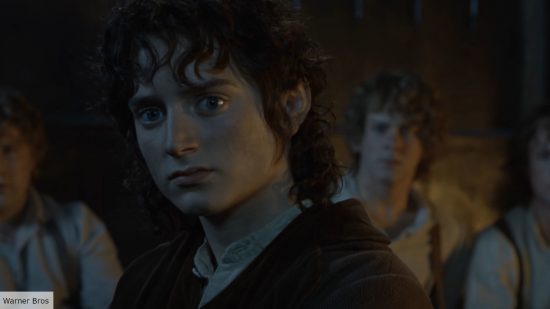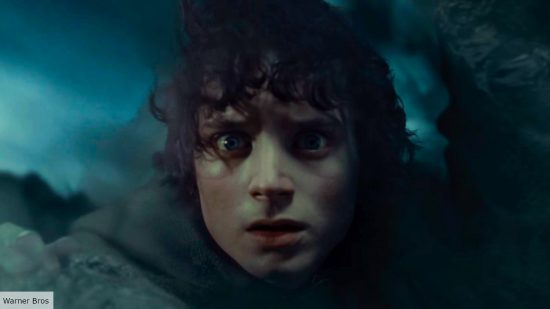The Lord of the Rings movie trilogy is the definitive take on Tolkien, with Peter Jackson and co. bringing the world of Middle-earth to life with unimaginable grandeur. Early on, one of the most significant challenges they faced was the quest to wrangle the Middle-earth creator’s thousands of pages into something that could feasibly be brought to the screen.
For the Lord of the Rings movies, then, Jackson had to make sacrifices and even the infamously long extended editions can’t fit the totality of Tolkien’s vision onto the screen. Some of the best Lord of the Rings characters like Tom Bombadil (don’t fight us, you know we’re right), Gildor Inglorion, and Glorfindel were set aside to make more room for the primary stars of the Lord of the Rings cast.
Huge swathes of the plot were abandoned too, especially in the early stages of The Fellowship of the Rings, including the most terrifying creatures of all: the Barrow-wights.
Turn to the pages of Tolkien’s writing, and early on in the plot (before the Hobbits have even reached Bree, or met Strider, to give some context) as Frodo, Sam, Merry, and Pippin flee the safety of the Shire they journey into the Old Forest. There, they meet Tom Bombadil – admittedly bringing the momentum of the story to a screeching halt – before continuing to travel onward. It’s on this next leg where they encounter Middle-earth’s horrific Barrow-wights.
While passing through the land of the Barrow-downs, with a warning from Bombadil to be wary, the Hobbits became lost in a thick mist that descends over the land, causing them to lose their bearings. Exhausted by the journey, and by fear, they’re captured by the haunting Barrow-wights, who are skeletal creatures of darkness that had been sent to inhabit the Barrow-downs by the Witch-king of Angmar.

Ancient and terrifying with an ice-cold grip and glowing eye sockets, the Barrow-wights cast a spell on the Hobbits and break their spirits. In the darkness of a forgotten tomb, they dress the Hobbits in old ritual clothing with rusted jewelry and swords, and prepare to sacrifice the four travelers.
The moment, found in The Fellowship of the Ring: Book 1, Chapter 8 if you want to read it for yourself (you really should) is so distinct because it’s such a tonal shift, unlike much else in Tolkien’s writing. It takes a detour into dark, atmospheric horror, displaying the ancient dangers of Middle-earth, turning it into a place of ominous foreboding as well as wonder.
It really would have been amazing to see the scene brought to life on the screen. However, it simply didn’t fit within Jackson’s plans, as it would have strayed too far from the main plot. But, like so many of the other moments that are left out (even in the extended editions) it would have helped to show the scale of Middle-earth, and build an atmosphere. In fact, that’s why we argue that the extended editions aren’t actually long enough.

Perhaps all the excellent moments from the book that were cut for the sake of time prove that a remake of some kind could have potential. Possibly a TV show, or a much longer series of movies (really you’d need six movies to do it justice) would be able to explore Middle-earth’s intricate detail with more flexibility than Jackson was afforded.
Still, rewatching the Lord of the Rings movies in order from the beginning to the end is a brilliant, immersive experience. This is a trilogy consisting of some of the best fantasy movies (or best movies of any genre, really) ever made, even if Jackson ditched Tolkien’s scariest creations.
